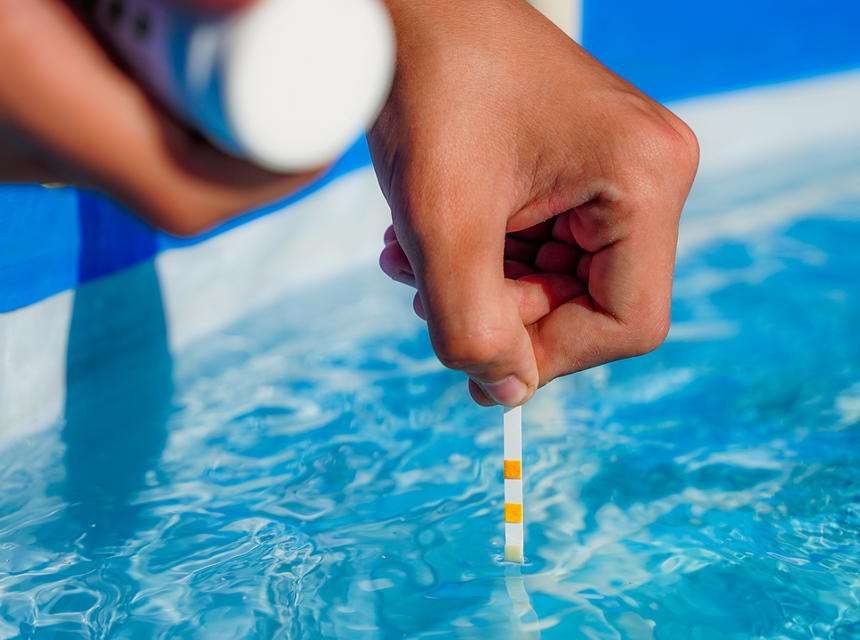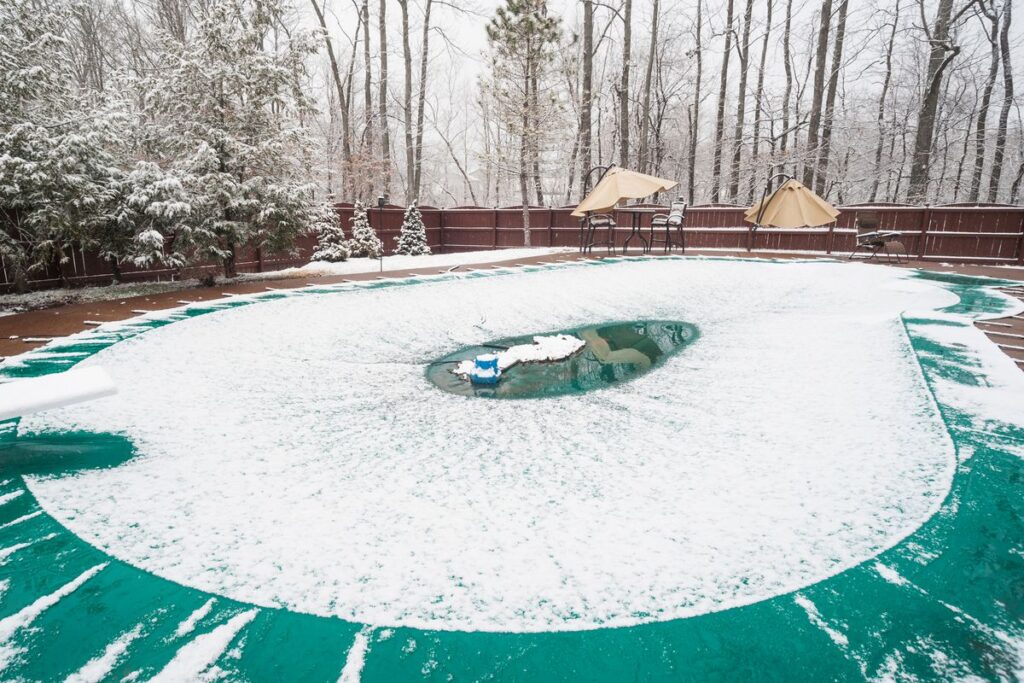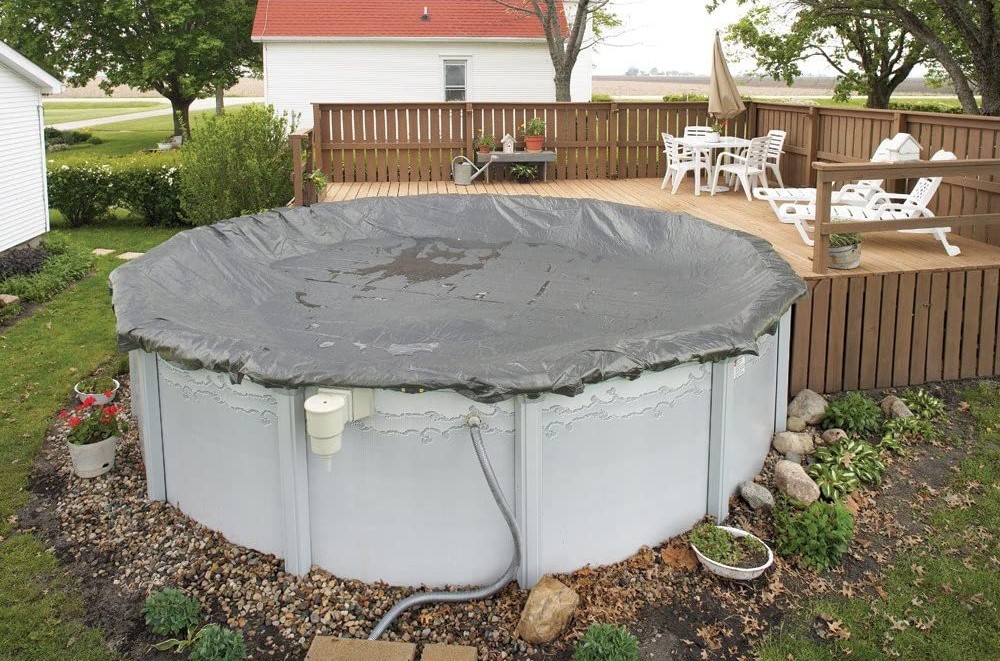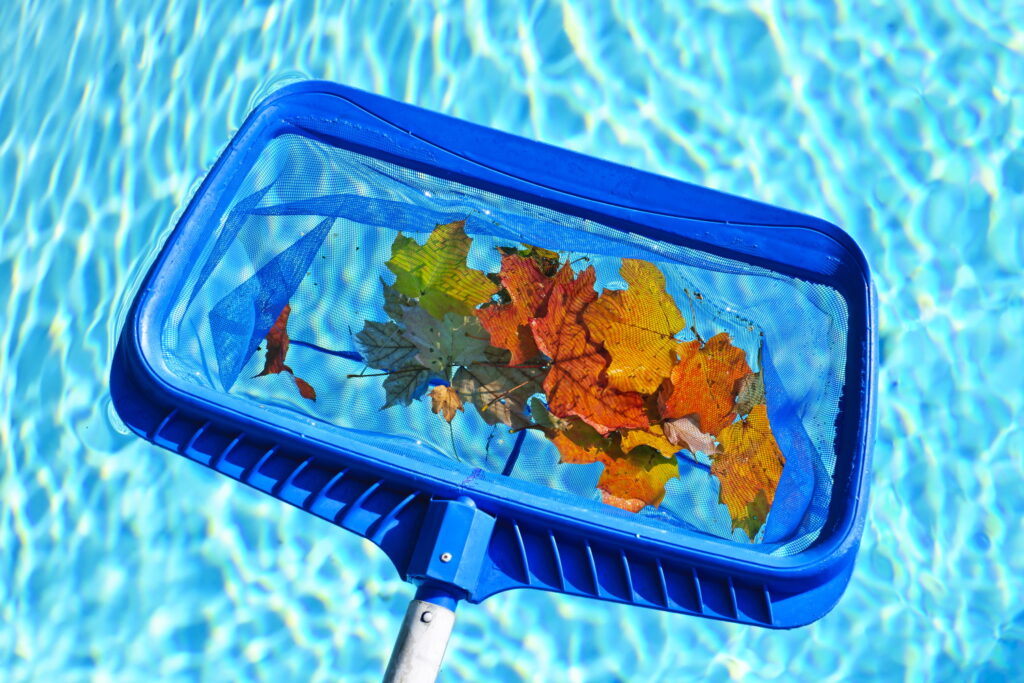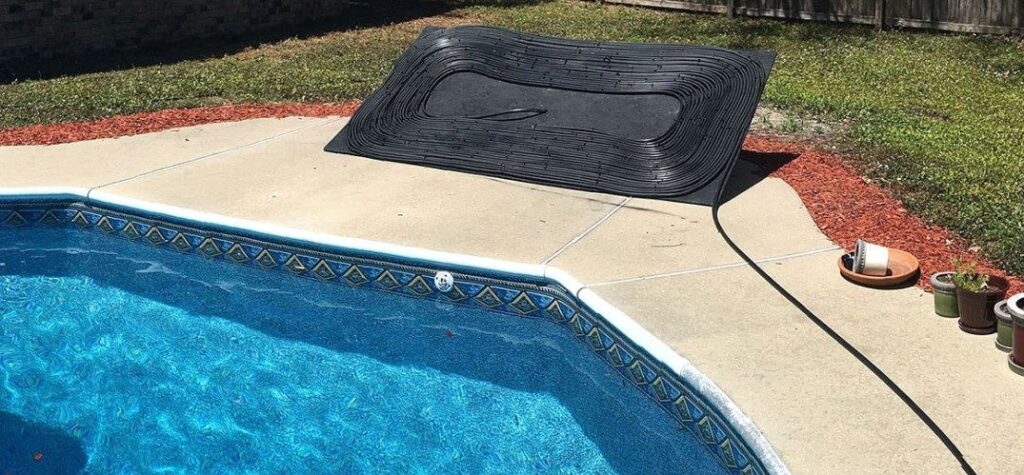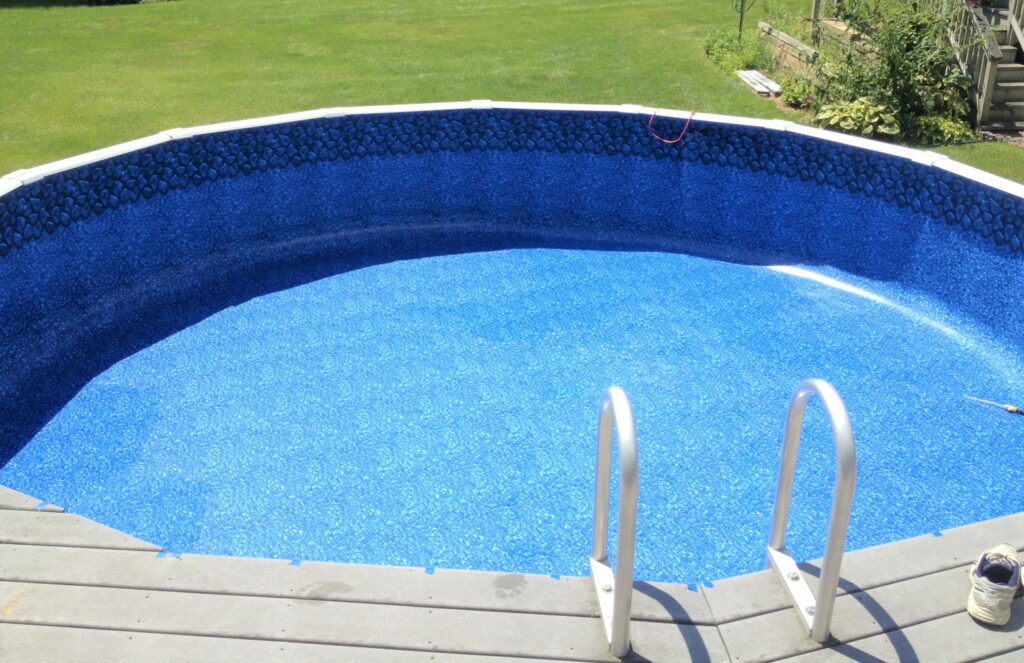Have you just bought an above ground pool or you’ve taken over its cleaning duties? You will soon realize the need to get the vacuum running.
Before trying to learn how to vacuum above ground pool, you have to note that there are generally two types of vacuum system: the manual and the automatic or robotic vacuums.
Manual vacuums include the sweeper heads, with rollers and brushes, large rolls of plastic hoses, and long poles preferably made of fiberglass or metal.
Also, pool robots are either electric or hydraulic. Some models allow you to clean the bottom, the walls, and also the waterline of the above-ground swimming pools autonomously.
While vacuuming a swimming pool can get tedious, it will become a snap once you’ve mastered the technique.
The manual pool vacuum cleaner is an essential cleaning accessory and is often sufficient for cleaning small pools.
Given its low cost and ease of maintenance, it is also a great ally for routine maintenance, especially in the event of your robot failing, if you have one.
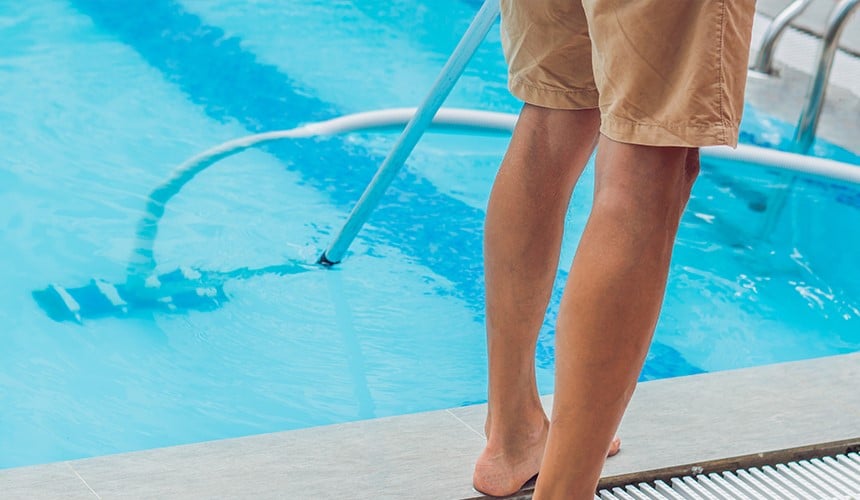 Instructions
InstructionsRemove leaves, insects, and other dirt from the above ground pool surface using a deep or regular net scoop. Clean the strainer of the circulation pump and the pool’s skimmer basket if necessary. Then turn the pump on. Ensure that the water passes easily via the filter.
Fix the end of the swivel of the hose into the head of the vacuum. Then attach this head into the extension and lower the unit into your swimming pool. Then adjust the post until the suction end gets to the pool bottom. Lock your post. Then lean it to the pool edge side. Keep it handy near the return outlet.
Afront the return outlet, take and hold the suction hose so it will be filled with water. Then keep one of your hands on the post. This is to keep your vacuum head from floating back to the surface when air is forced out of the pipe. Continue to prime the hose. Ensure it is filled with water and that no bubbles are coming from the Vac head.
Then keep the end of the hose submerged while you remove it from the return water outlet and secure the skimmer disc.
Slide the disc to the pool skimmer above suction port so the vacuum can be triggered.
Be in a position that you can see the bottom clearly. Slowly move the head of the vacuum along the pool bottom.
The first advice to follow is to vacuum slowly on the surfaces to be cleaned to suck up the impurities and prevent them from being resuspended in the water. Indeed, if you go too fast, the dust and fine particles will rise, and the water will quickly become cloudy, and you will have to wait for them to fall back to the bottom.
Continue to vacuum until the bottom is clean. It is strongly discouraged to walk balanced on the edge of the copings when passing your vacuum cleaner. Instead, for places less accessible, consider using a small scaffold (or similar way of doing things) that you could easily put on and take off after the maintenance is over.
The head of your vacuum cleaner must be adapted to the type of coating of your swimming pool. For a liner, it is better to choose a special head and vacuum without too much pressure because the liner could be damaged. For shell or concrete pools, a vacuum cleaner head with wheels will be more suitable so as not to scratch the bottom. According to most reviews, the sturdiest vacuum cleaning head must be the 14″ Flexible Spa and Pool Vacuum Head from Milliard, which, thanks to its reinforced construction and wide head is the most reliable option out there for spas and pools.
Automated pool cleaners
Trusted Source
Automated pool cleaner - Wikipedia
An automated pool cleaner is a vacuum cleaner that is designed to collect debris and sediment from swimming pools with minimal human intervention.
en.wikipedia.org
, also called robotic pool cleaners, are significant aid for the regular cleaning of your pool. As already mentioned, the best-selling devices are either electric or hydraulic.
Regardless of the type of robot used, it is important to prepare your pool well before installing your cleaner.
As you would do at the start of the season, some checks and operations are to be done, especially in the case of a hydraulic robot:
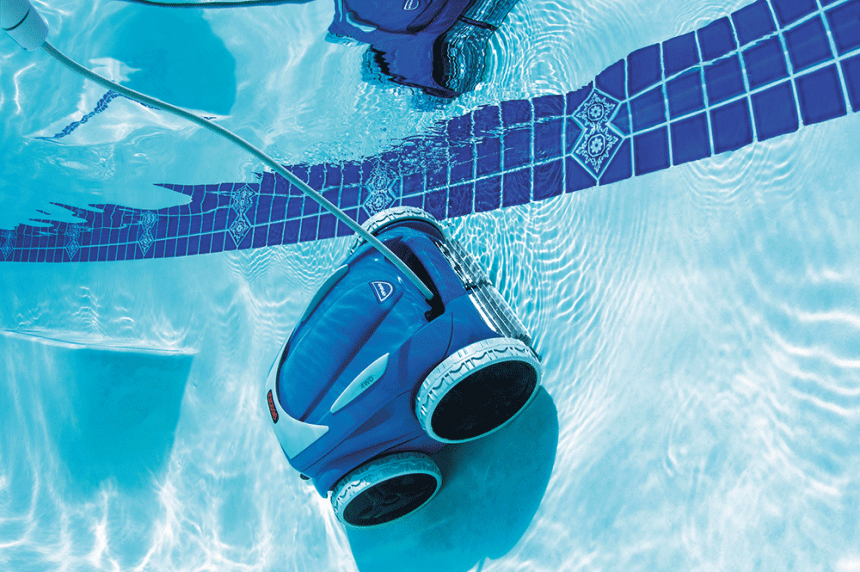
There are two types of models: the battery-operated or those plugged into an electrical outlet. To install a plug-in robot, nothing could be easier: unwind the connection cable in its entirety and connect it to your robot’s control box. Then immerse your robot in water and once it is placed on the ground, plug your control box into a standard electrical outlet.
Most of the products on sale today are equipped with a remote control and can therefore be activated remotely.
If you’re yet to get a robot cleaner, one of the best above ground pool robots on the market according to users is the Dolphin Nautilus CC Plus.
If your pool cleaner is not remotely controlled, turn it on using the switch and choose the cleaning cycle of your choice.
Some models can be programmed to adapt the cleaning cycle to your needs and to the specifics of your pool (the shape of the pool, its size, and the obstacles). The electric swimming pool robot is intelligent because it logically crisscrosses the bottom of the pool to pass only once in the same place.
The installation of a hydraulic swimming pool robot such as automatic suction pool cleaners requires a few additional actions to that of an electric cleaner, but it remains relatively simple to perform.
Unlike the electric model, the hydraulic robot is not equipped with its filtration system. It uses the swimming pool pump, to which it must therefore be connected. To do this, here is what to do.
The first step is to assemble the hose. To do this, assemble the hose sections to reach the part furthest from your pool, then add 2 more sections. So your robot vacuum cleaner will have a sufficient length of hose.
To properly connect your hose to your broom plug or your skimmer, immerse it to expel the air present in it. Do not hesitate to place it in front of a delivery nozzle to facilitate its filling. Once the hose is full of water, connect it to your system. In the case of a connection to a skimmer, remember to install a conical adapter, as well as a 45° elbow.
To connect your robot vacuum to your filtration system, submerge it to expel the air, then connect the vacuum cleaner to your hose. Once the connection is correctly made, let it sink to the bottom of your pool.
Finally, turn on your filtration system to start cleaning. If necessary, adjust the suction rate of your system.
If you encounter any difficulties in correctly installing your hydraulic swimming pool robot, do not hesitate to contact your manufacturer.
The best commercial hydraulic robot models move using pressurized water jets. For this, the cleaner can be equipped with a stand-alone booster or use the swimming pool’s circuit. For the second option, all you have to do is connect the device to a nozzle.
The cleaner with a booster is connected to a specific outlet connected to an auxiliary pump and then to the booster. As this type of installation is more complex, we recommend that you call in a professional.
The hydraulic pressure robot (or blower robot) has its filtration system, presented in the form of filter bags. Thus, you do not have to connect it to the suction circuit of your swimming pool.
After you vacuum your pool
After using your vacuum cleaner, perform a back-wash to clean the sand. Always use your pressure gauge to confirm if a back-wash is necessary.
To clean your pool, it is not enough to use cleaning products. You will also have to roll up your sleeves and vacuum to remove the impurities that have fallen to the bottom of the above ground pool, regardless of how small it is. Vacuuming a swimming pool cannot be improvised and to know how to vacuum above ground pool, it is recommended to follow a few simple rules as we have mentioned in this article.
For efficient use without damaging your pool, you should be careful when choosing your robot. Choose the product suited to your pool (size, coating, power of your suction pump, etc.). The use of a cleaner is not recommended on a torn liner or damaged coating. And, if you feel tempted enough to avoid the maintenance schedule, you have to remember that bottom and wall debris can result in algae growth. However, swimming in green, slimy water is no fun.
